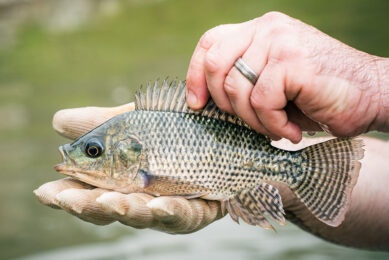New aquafeed mill in Tacloban, Philippines
The Philippine government will spend P25 million (€ 0.432m) to build a feed mill to boost production in mariculture zones in Eastern Visayas.
The facility, which will be the first in the region, will rise within the regional complex of the Bureau of Fisheries and Aquatic Resources (BFAR) in Barangay Diit in this city, said BFAR Regional Director Juan D. Albaladejo.
"We will employ a new feed production technology coming from Denmark," he said. Construction of the facility will start early next year and the mill will have 3 tph capacity.
Albaladejo said the facility will meet the growing demand for aqua feeds in existing mariculture zones.
Cutting transport costs
"Operators are having a problem with buying feeds because there’s no local producer. There’s an added transport cost," Albaladejo said.
Excess fish catch in the region that are spoiled may be used as raw materials for the feed mill.
Root crops can also be a source of raw materials. A laboratory was recently established to process crops into meal for aqua feed processing.
For cassava alone, about 80% of cassava production in the country is used by feed millers as ingredients for animals and aqua feeds.
Large fish growing area
There are nearly 6,000 hectares of mariculture parks with about 500 fish cages worth over P200 million (€3.45m) in the region.
The mariculture areas are designed to produce fishes through sea cage culture such as bangus, siganid, grouper, red snapper, seaweed farming, aquasilviculture, mussel culture, oyster culture, sea-ranching of lobsters and sea horses in coral reefs and sea grass areas.
Each mariculture zone or park is a contiguous area measuring from 100 hectares to 400 hectares or more encompassing the coastal waters of several barangays. It is run by groups chaired by local government units in partnership with BFAR.











